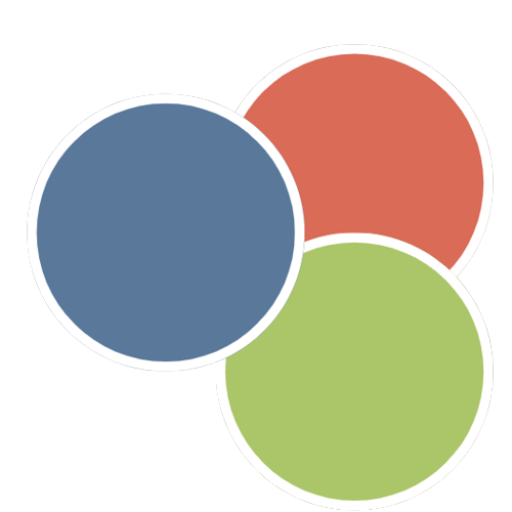Registered Address
Chandigarh-160035, India
Work Hours
Monday to Friday: 9AM - 6:30PM


“Open Access” (OA) means the free (without any payment made by the reader) and immediate availability of the scholarly articles to the world. Though freely available to the readers, there is a cost associated with the publication of articles in these journals. This “OA fee” is borne by the author, academic institute or the organisation to which the author is affiliated. Traditional libraries face the challenges of higher subscription cost coupled with a surge in the number of journals and the allocated budget may not keep pace. OA, thus, offers a solution and permits access to all the scholarly material that one needs to know, rather than what one can afford. This fosters an overall environment of greater transparency in research and advancement in knowledge sharing.
In the context of OA, it is important for authors to understand the copyright issues, what rights to protect, and how to retain them. Copyright is automatically assigned to the author (even before publishing) by the legislation in most countries. In the traditional (non-OA) model, the publishers have to acquire the copyrights from the author(s)/corresponding author in the form of a Copyright Transfer Agreement (CTA)- a set of written statements signed by the authors that gives the selling/accessing rights to the publishers. The publisher then grants some rights to the author for using his own article. The rights are not only for the final published version but also for the submitted and accepted version. Briefly, the author is permitted to use his work as self-archive on the personal intranet page or in the institution’s/ employer’s institutional intranet repository or archive. He can distribute the copies to his friends/colleagues without charging a fee to them (non-commercial distribution) and he can also use the article in his teachings. Further, the author can also reuse abstract (unmodied), gures, tables, datasets, other material and text (mostly up to 250 words); provided it is a non-commercial activity. But, this may vary and it is important to read the CTA of the journal you want to publish with.
With the advent of OA, the copyright models have also changed. Most of the OA journals give three choices for copyright transfer:
1. Retain it (An early OA copyright model) – This allows the authors to retain their copyright and restricts reuse to educational purposes as per the OA journal Electronic Journal of Comparative Law (EJCL). In this model, the journal gets a license signed by the author(s) to publish the article as the rst publisher. The author retains the right as per the traditional model and can also republish the same article after citing EJCL as a source. The author has to grant permission if anyone wishes to reuse some aspect of the article.
2. Share it (Creative Commons license; CCA)- Most of the authors are not clear about these licenses. As a medical writing company, we get many queries and doubts on this form of copyright. CCA (https://creativecommons.org/licenses/) is a common tool which offers six types of licenses.
Most of the journals (including PloS and Biomed Central) use CC BY (option i) that makes everyone using the author work to properly acknowledge (cite) the original author but anyone can use the article even for commercial purposes. Some journals use CCA BY- SA option wherein the reuse of OA publications is restricted.
3. Transfer it (partly) – In this model, the author retains the copyright but transfers all the commercial rights to the publisher. Confusing, isn’t it?
Well, in this case the journal will ask the author to sign an exclusive license agreement (ELA) that gives the copyright permission to the author and also gives a percentage of the royalties to the author if the article is republished or redistributed commercially. Thus, this model gives the authors full rights to use their article as per their wish and also provides monetary benefits to the authors. BMJ uses this model of copyright.
Copyright and its infringement have always been an issue of debate between the authors and the publishers. The authors should carefully read the copyright forms and other documents like ELA. After all, it is a matter of your choice as to how you want others to use your work. In every case, an acknowledgement with a proper citation should be a mandate.
Written by:
Dr. Shivali Arora